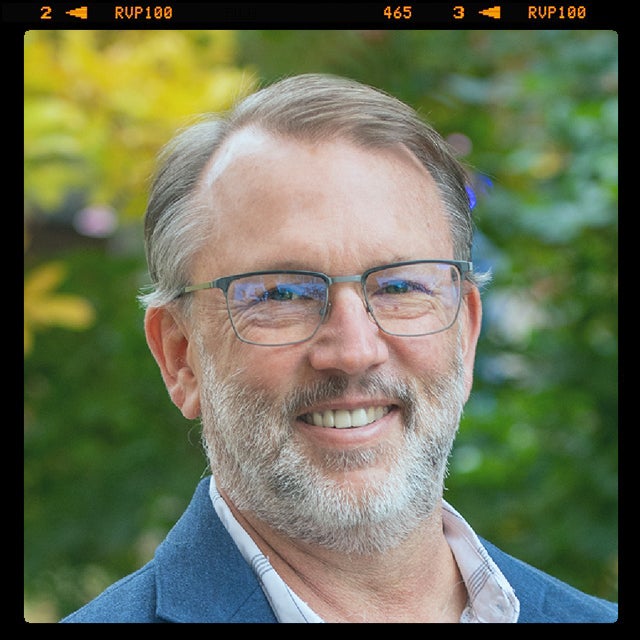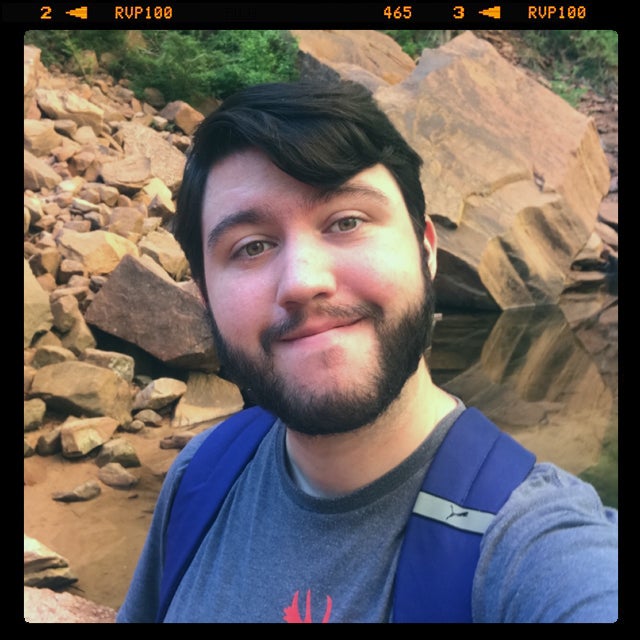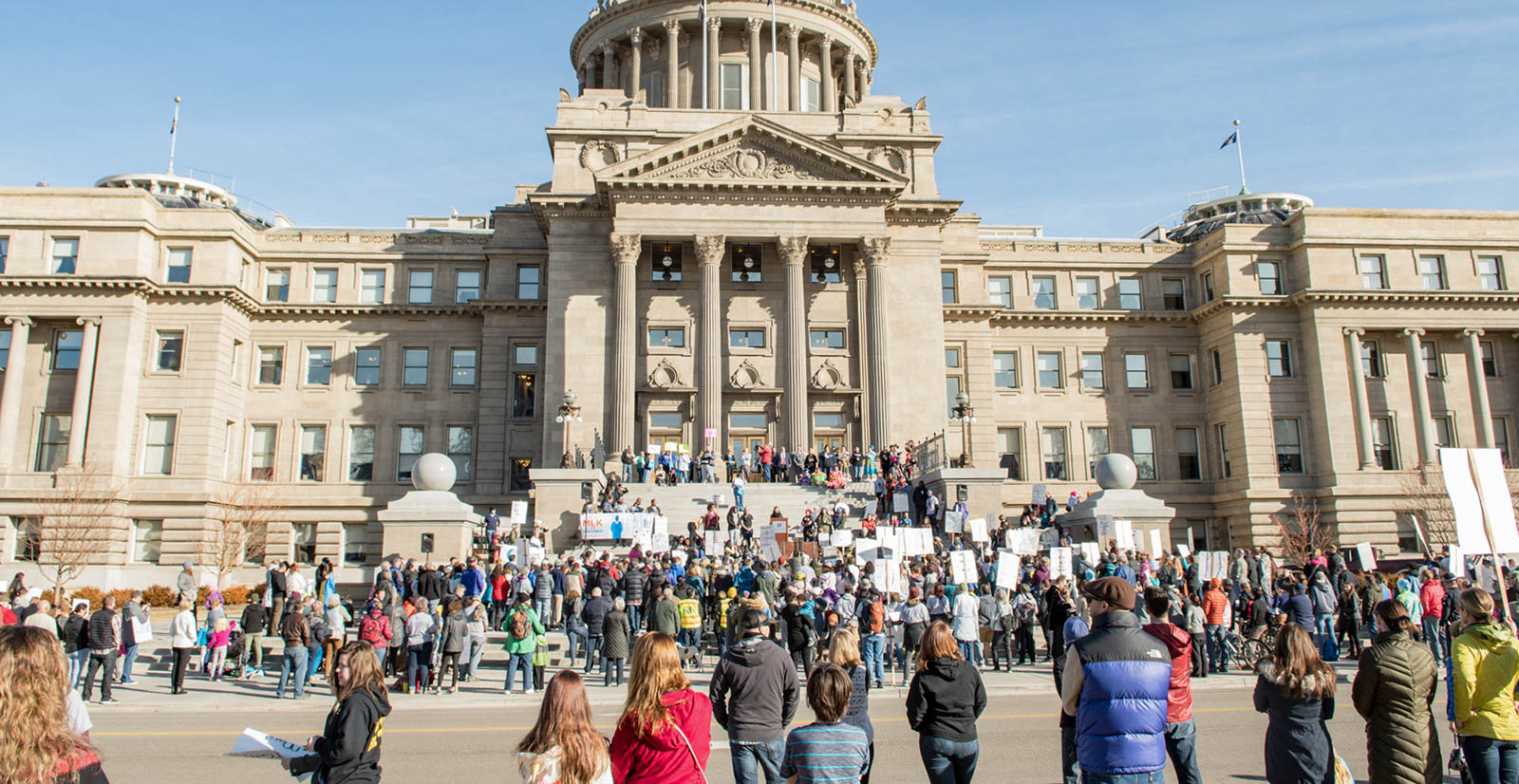
Brian Wampler is Professor of Public Scholarship and Engagement, Office of the President at Boise State University, and Professor of Political Science in the School of Public Service. He focuses his research and teaching on Brazil and Latin America and has lived and conducted research in Brazil, Mexico, and Spain. He earned his Ph.D. at the University of Texas, Austin, and his BA in Politics at the University of California, Santa Cruz. He is the author of five books, including “Participatory Budgeting in Global Perspective” and has published extensively on democracy, participation, civil society, and institution building.

Valeryn Shepherd is a Political Science MA and alumni of Boise State University. His research interests include elections and electoral geography, electoral systems, regional nationalism, LGBT politics, and politics in the United Kingdom, Canada, and Spain.
The following is the fourth policy brief in a series that explores findings from the School of Public Service’s 7th Annual Idaho Public Policy Survey and places those results within their broader policy context.

Political participation in Idaho
Idahoans participate politically in a wide variety of venues: they vote, protest, donate to political campaigns, and contact public officials. Citizen participation leads to healthier democracies by increasing the diversity of political voices that fellow citizens and public officials hear. We know that Idahoans are active voters;81% of registered voters cast ballots in the 2020 Presidential election and 76% voted in 2016. But how do they participate beyond the ballot box?
In the Seventh Annual Idaho Public Policy Survey conducted by Boise State University’s School of Public Service in November 2021, we asked 1,000 Idahoans about three types of political behaviors that many Americans use to amplify their voice in the political system: participating in a demonstration or protest, contacting public officials directly, and donating to political campaigns. Then we asked: Who is protesting? Who is contacting public officials? Who is donating to campaigns?
We know from previous research that people are more likely to be politically engaged at the local level because they feel like they can make a difference. Individuals tend to know more about local issues, they can connect with neighbors and other community members to organize themselves and may also personally know candidates. The local level is where citizens most often feel that they have the greatest opportunity to influence public officials. Although many local elections in Idaho are classified as non-partisan, many candidates still signal their party affiliation to likely voters.
Republicans and their allies hold most elected offices in Idaho (state and local), which means that their voters have greater opportunities than Democratic voters to connect with like-minded elected officials. Although Democrats and their allies hold a minority of seats in the State Legislature and no state-wide office, they do hold some county and city offices that give their allies an opportunity to connect with them. Of course, citizens may contact public officials who are not affiliated with their preferred party, but research shows that citizens are more likely to contact officials with whom they share a partisan identity.
Broader social context
The survey we administered included questions about political activities from Fall 2020 through Fall 2021. In historical perspective, this was a period of heightened political activity in the United States. Fall 2020 was marked by the continued mobilization of the Black Lives Matter Movement, the November 2020 presidential election featuring Donald Trump and Joe Biden, and ongoing public campaigns regarding mask mandates and other government restrictions. 2021 was marked by the violence at the U.S. Capitol on January 6th, sustained mobilization against mask mandates, protests against COVID-19 vaccines, demonstrations related to K-12 education, and continued race-oriented protests.
In Idaho, we can identify two distinct paths of increased political activity. It is helpful to think about these as conservative and liberal movements. On the conservative path, there were well-publicized protests against mask mandates and vaccines. An October 2020 survey by Pew Research found that many conservatives associated masks, mask mandates, and vaccines with government overreach and intrusion. In Idaho, public protests took place in traditional public venues—in front of the state capitol-but they also took place outside the homes of public officials as well as at hospitals and county health agencies. These protests mark a shift in how conservative activists sought to place their issues in the public eye.
On the liberal path, there was also a series of political rallies that sought to bring attention to issues related to race, systematic racism, women’s rights, and police violence. These also included protests in front of public officials’ homes as well as a well-attended vigil at the State Capitol Building in summer 2020 for black victims of police violence. In addition, Idaho hosted the Women’s March in both Fall 2020 and October 2021.
Survey questions
We asked the following questions to gain a better sense of how people are participating in their communities.
Protest
When people don’t feel that their “core” issues are being sufficiently covered by media outlets or being properly addressed by public officials, they may use protests and demonstrations as a political strategy to bring attention to those issues. Protest is a political tactic often used to disrupt normal everyday politics, to draw the attention of their fellow citizens, elected officials, and media gatekeepers.
Overall, 11% of all survey respondents indicated that they attended a public demonstration during the previous year. This percentage is similar to the national average. A 2018 survey conducted by Harvard CCES found that nationally, 10% of respondents had attended a protest within the past year. Similarly, a Pew Research Center study found that 11% of respondents had attended a political rally in 2018.

Who is protesting in Idaho?
First, we find that Republicans were less likely to attend a protest than Democrats–just 7% of self-identified Republicans said they had attended a protest in the last year, compared to 17% of self-identified Democrats. Respondents who identified as “very conservative” were slightly more likely to protest (10%) in comparison to those identifying as “conservative” (6%). Given the increase in protest due to mask mandates and vaccines, we were surprised that just 7% of the self-identified Republicans had attended a protest or demonstration. The survey didn’t “pick-up” an increase in protest, led by conservative political actors, against mask and vaccines mandates. We expected that greater numbers of Republicans would report that they had participated in public demonstrations, but the survey results didn’t show this.
A couple of reasons we didn’t find these results: Anti-system, populist Republicans are less likely to respond to surveys because they have very low trust of government institutions and national organizations. These are also the Republicans most likely to attend public protests against government mandates. In addition, public protest by Republicans in Idaho has been relatively low because of the Republicans’ super majority; Republican voters may feel that their voices are heard in government so there may be a weaker incentive for Republican voters to engage in protest politics. In this case, a protest participation rate as high as 7% may signal a more tumultuous period ahead for Republican party leaders.
Conversely, because self-identified Democrats have limited political representation in Idaho, they may be more motivated to engage in protest politics. Democratic-oriented voters have a limited voice in state politics, so protests provide an opportunity for them to draw attention to issues that they believe are being ignored by state officials.
Second, and unsurprisingly, the 17% of respondents who said that Idaho is heading in the wrong direction were more likely to attend a protest (versus 11% of the total survey sample). This suggests that protest is used by people who are most dissatisfied or upset by the state’s trajectory.
Third, slightly more women than men, regardless of party, reported participating in a public protest. In historical terms, this is surprising because men have traditionally been more active in public protest. The greater protest activity among more conservative women is likely related to school-oriented mask mandates and vaccines while more liberal women were more likely to have participated in the racial justice demonstrations or the Women’s Marches that gained traction during the Trump administration. Although we are unable to identify which protests survey respondents engaged in, it is worth noting that women protested more than men.
Contacting Public Officials
One of the most common forms of political participation involves people directly contacting public officials. This involves writing letters or emails to elected officials, as well as talking to public officials at public meetings, at their offices and during political campaigns. In our survey, 32% report that they had contacted a public official during the previous year. This percentage is significantly higher than the national average (23%) in a Pew Research Study.
Who is contacting public officials?
First, people who self-identified as either being very conservative or very liberal were much more likely to contact a public official. One implication is that when public officials hear from citizens on a particular issue, they are more likely to hear from citizens who hold stronger opinions. One downside is that this discourages the likelihood of vibrant debate between public officials and citizens. Too often, the discussion becomes a one-way dialogue in which citizens express their strongly held beliefs (often anger) at public officials.
Second, Democrats were slightly more likely to contact public officials than Republicans. This is likely because Republicans are working under the assumption that public officials are generally working to advance their shared interests while Democrats, being in a minority position in the state, are trying to get the attention of public officials to encourage policy shifts. In other words, Republican voters are more likely to feel well-represented because their allies control most public offices in Idaho.
Third, survey respondents with higher levels of education and income report that they were more likely to contact public officials. Existing research in the U.S. as a whole finds the same thing. People with higher socio-economic status tend to feel like they have the ability and knowledge to engage in politics; they feel confident that their voices will be heard. Idaho is similar to other U.S. states where higher educated and higher income individuals are more likely to be directly involved in working with public officials. Public officials should be aware that those who contact their offices are more likely to be the better-off members of their communities.
Finally, 44% of people who contacted their public official also reported donating to a political campaign in the previous year. This is extremely high. It suggests why public officials are likely to listen to people who contact them—these people are also the ones with the interest and resources to contribute to political campaigns. It also suggests that when people donate to campaigns, they are also likely to contact public officials over the course of the year to express their opinions to public officials.
Donate money
People donate money to political campaigns to support individual candidates and political parties as well as to support specific policies. In Idaho and the U.S., politicians and political parties dedicate significant time to encouraging voters to also support their campaigns. Overall, 22% of survey respondents report donating to a political cause or political campaigns during the previous year. The Pew Research Center found that just 18% of respondents in a survey donated to political campaigns. Unsurprisingly, higher income and more highly educated individuals were more likely to report donating; upper income individuals typically have additional household income that they can use to influence policy and political activity.
In addition, respondents who self-reported as very liberal (33%) or very conservative (38%) were more likely to donate money than people reporting as liberal, conservative or moderate. This finding is in line with research that shows that people who are more politically extreme are willing to donate their personal resources to support public causes and political campaigns.
Importantly, 65% of survey respondents who donated to a campaign also contacted a government official, suggesting that a relatively small subset of people were actively involved in trying to influence public officials through direct contact or political donations. Research demonstrates that more actively involved citizens tend to get the attention of elected officials. Public officials may be hearing from more affluent and more ideologically extreme citizens rather than a broad cross-section of Idahoans.
In conclusion
Idaho citizens engage in a wide range of political activities. Electoral turn-out, commonly used as an indicator of a community’s engagement in democratic politics, is strong in the state. This high turnout is somewhat surprising because most state-wide races aren’t competitive due to the strength of the Republican Party.
In our survey, we find that people are politically engaged beyond the ballot. Some people engage in protests to attract the attention of the public, the media, and public officials. Although we lack specific information on the types of protests and demonstrations that people attended, we can infer that more conservative respondents were more likely to attend protests against mask and vaccines mandates while more liberal respondents were more likely to attend protests demanding action on racial injustice, women’s rights, and environmental issues.
Survey respondents also contacted public officials, demonstrating an interest in sharing their opinions with them. Wealthier, older and longer-time residents were more likely to contact public officials than younger, less established, and poorer citizens; one implication of this finding is that public officials are hearing from an unrepresentative body of citizens, which may influence politicians to gear their policies to the people who contact them rather than a more representative group of people.
Similarly, differences in political donations also suggest that voters’ social status affects their ability to influence policy debates. Wealthier, older, longer-time Idaho residents and more ideologically extreme respondents are much more likely to donate, suggesting that they have an additional way to influence politics that is unavailable to younger, low-income citizens.
Active involvement in politics—through protesting, contacting public officials, or donating to political campaigns—is at the heart of local politics in Idaho and the United States, helping citizens to express their voice in a variety of public formats. This creates opportunities for citizens and organized groups to attempt to change public debate, other people’s opinions, legislators’ votes, and public policies. Although this participation is generally quite positive for democracy, we note that people engaging in these activities are different in some ways from the broader community, which means that public officials may be hearing from an active minority rather than a representative selection of their constituents.